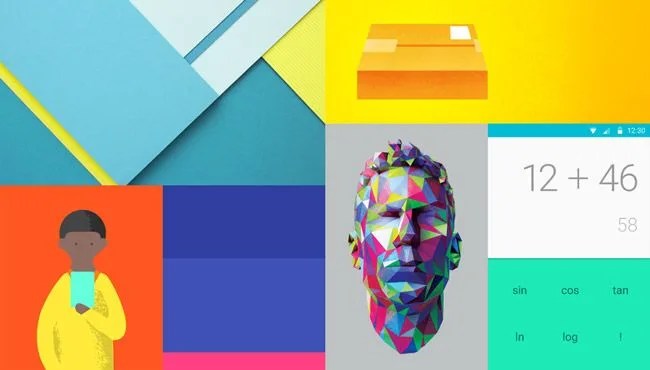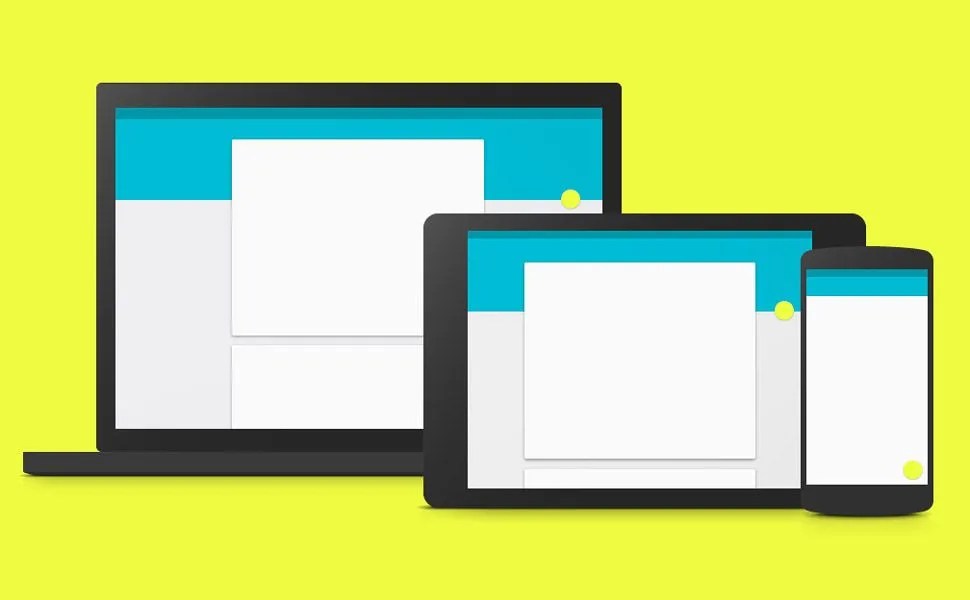☲☰CRYPTED
Editor’s Note: For most of us, the wide world of technology is a wormhole of dubious trends with a side of jargon soup. If it’s not a bombardment of startups and tech trends (minimum viable product, Big Data, billion dollar IPO!) then it’s unrelenting feature mongering (Smart Everything! Siri!). What’s a level-headed guy with a few bucks in his pocket supposed to do? We’ve got an answer, and it’s not a ⌘+Option+Esc. Welcome to Decrypted, a new weekly commentary about tech’s place in the real world. We’ll spend some weeks demystifying and others criticizing, but we promise it’ll all be in plain english. Continuing on from his work on the first two issues (let’s call those a beta) is writer Darren Murph, the former Managing Editor of Engadget and a Guinness World Record holder for number of blog posts published. So take off your headphones, settle in for something longer than 140 characters and prepare to wise up.
Google launched Android around a year after Apple’s iPhone changed the very definition of the word “smartphone”, but to date, it has yet to capture the same aura. Despite becoming the world’s most popular mobile operating system in just six years, Android is still viewed as second rate by many. In recent quarters, nearly four in every five smartphones that were shipped had a version of Android onboard, but in affluent markets such as the United States, its sales are closer to a 50/50 split with Apple’s iOS.
Thus far, Android has won the marketshare race by sheer force. Since 2007, under ten iPhone models have shipped. In the same period, hundreds upon hundreds of Android phones have shipped, many at under $150 in nations that Apple simply doesn’t compete in due to price.
a staggering 89 percent of all iOS devices globally are on the most recent version of the operating system. Conversely, only 14 percent of all Android devices are using the latest build.
But there’s another war going on that’s tougher to quantify. At nearly every turn, Apple has trumpeted just how many of its iOS users were on the most recent version of the operating system, while Google has shied away from the topic altogether. As of today, a staggering 89 percent of all iOS devices globally are on the most recent version of the operating system (iOS 7). Conversely, only 14 percent of all Android devices are using the latest build (v4.4).
That’s a lot of numbers, but what it means is this: for the tens of thousands of people developing software for each platform, it’s far easier to create a seamless, unified program for iOS. Put simply, developers have a much better idea of what they’re building for on Apple’s platform. When building for Android, there are far more variables and unknowns. Imagine trying to organize an ice cream social for a group where 89 percent of the audience enjoys a particular flavor. Now, try doing the same when hundreds of millions of attendees will show up with fractured tastes, even a wide range of eating utensils.






